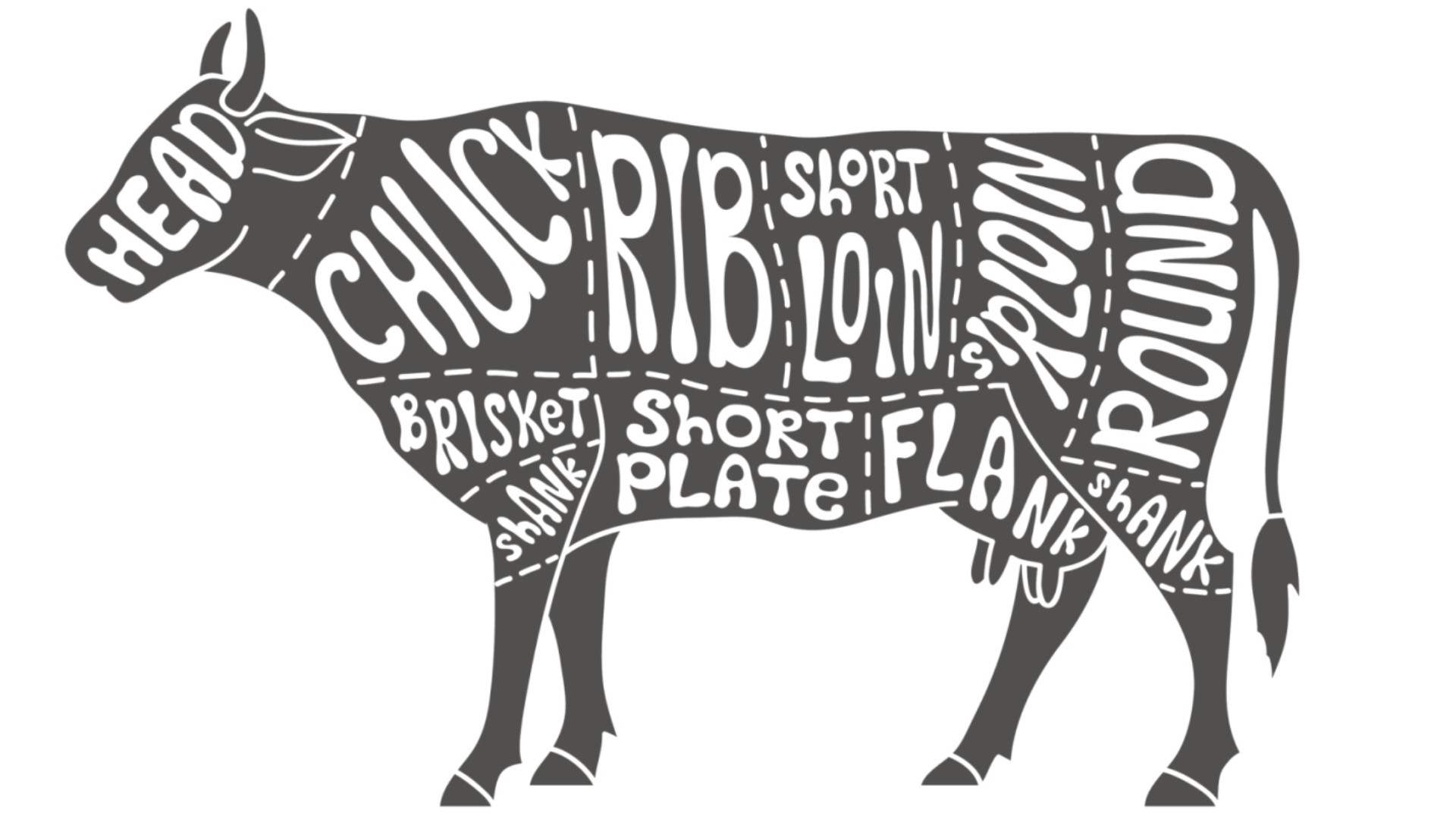Slaughterers & Meat Packers
Boning Room Worker, Meat Packer, Meat Processor, Meat Wrapper
What they do:
Perform nonroutine or precision functions involving the preparation of large portions of meat. Work may include specialized slaughtering tasks, cutting standard or premium cuts of meat for marketing, making sausage, or wrapping meats. Work typically occurs in slaughtering, meat packing, or wholesale establishments.
On the job, you would:
- Remove bones, and cut meat into standard cuts in preparation for marketing.
- Sever jugular veins to drain blood and facilitate slaughtering.
- Tend assembly lines, performing a few of the many cuts needed to process a carcass.
Knowledge
Business
- customer service
Manufactured or Agricultural Goods
- food production
- manufacture and distribution of products
Arts and Humanities
- English language
Skills
Basic Skills
- talking to others
Social
- understanding people's reactions
Abilities
Hand and Finger Use
- keep your arm or hand steady
- put together small parts with your fingers
Physical Strength
- lift, push, pull, or carry
- use your lower back and stomach
Personality
People interested in this work like activities that include practical, hands-on problems and solutions.
They do well at jobs that need:
- Dependability
- Integrity
- Attention to Detail
- Adaptability/Flexibility
- Stress Tolerance
- Self Control
Technology
You might use software like this on the job:
Spreadsheet software
- Microsoft Excel
Inventory management software
- AgInfoLink Meat Inventory Tracking System MITS
- Traceability software
Enterprise resource planning ERP software
- Integrated Management Systems Food Connex Cloud
- Second Foundation NaviMeat
Education
Education: (rated 2 of 5)
high school diploma/GED or
no high school diploma/GED
usually needed
no high school diploma/GED
usually needed
Get started on your career:
Find Training
Find Licenses
Apprenticeship.gov
Job Outlook
Below Average
New job opportunities are less likely in the future.
Explore More
- Animal Breeders
- Butchers & Meat Cutters
- Farmworkers, Farm, Ranch, & Aquacultural Animals
- Graders & Sorters, Agricultural Products
- Meat, Poultry, & Fish Cutters & Trimmers
You might like a career in one of these industries:
See more details at O*NET OnLine about slaughterers and meat packers.





